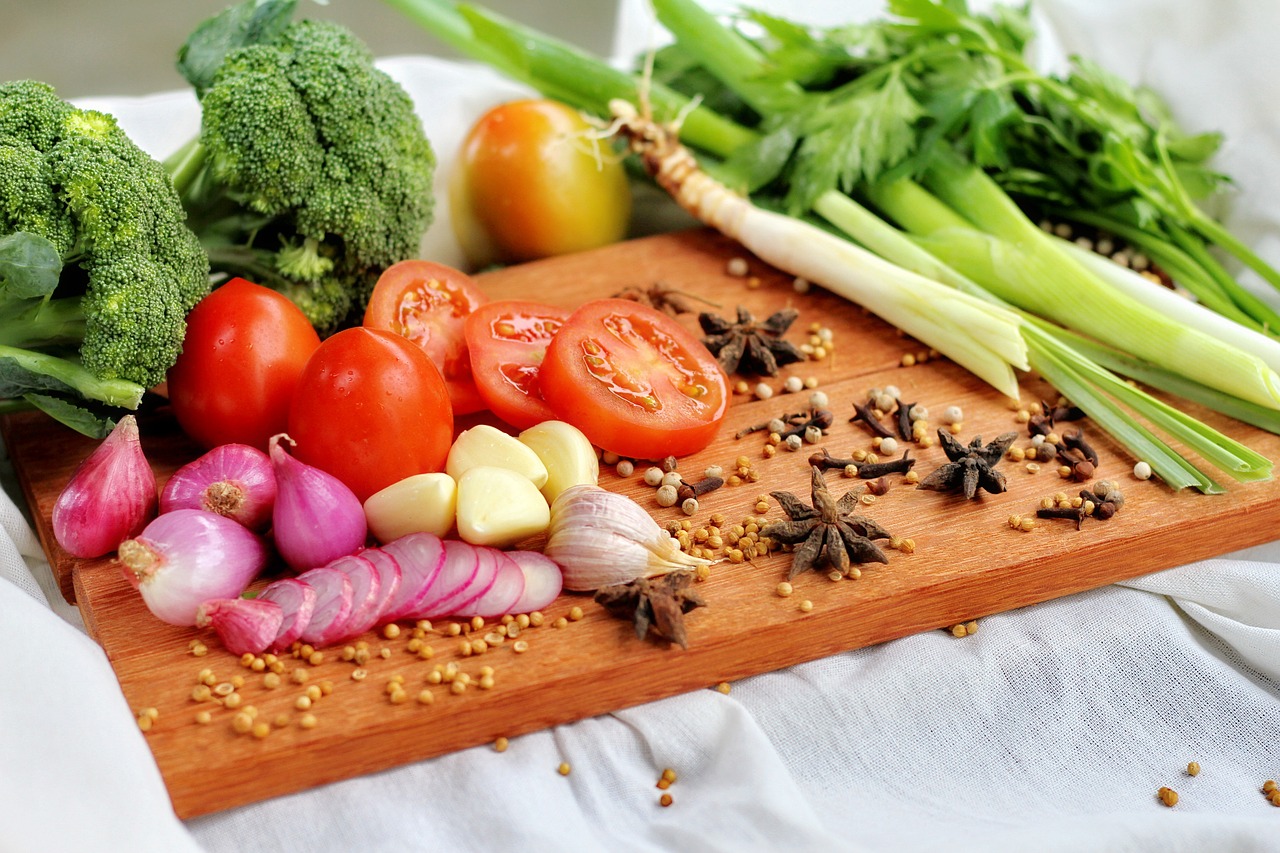Kitchen Survival Recipe Guide
Have you ever open a cookbook and see a recipe title or photo that tempts your taste buds? For those who don’t know what this experience is like, I can’t wait to get your views – it’s one of the most awesome feeling ever.
Although it’s been a while since we put thoughts down for our regular readers, today, I decided that enough is enough and simply get straight to the point of introducing you to the wonderful concept of Kitchen Survival Guide.
Most people are very imaginative without trying and if you are tempted by the thought of delicious recipes, then this includes you too. Let’s deep dive into the aforementioned cookbook recipe title / photo scenario.
Imagine for a moment that you start to read the recipe, realise that the preparation is more difficult than you first thought, and put the book back on the shelf.
Sound Familiar? Well here’s a simple guide to help get you started:
1. Abbreviations for Measuring
- Tsp. = teaspoon
- Tbsp. = tablespoon, which equals 3 teaspoons
- C = cup.
Tip: Get a set of measuring spoons. The set will usually have 1/4 tsp., 1/3 tsp., 1/2 tsp., 1 teaspoon and 1 tablespoon.
Dry measure cups look like little saucepans and can be levelled off with a knife or other straight-edged tool. They come in sets like the measuring spoons. Liquid measuring cups have ounce marking lines so you can measure however many ounces you need.
Tip: Some recipes require exact measurements to turn out right so learn to measure correctly.
2. Common Ingredients
Make sure you know what you need.
Tips:- Baking powder and baking soda are not the same.
- Ask the produce manager at the market about fruits and vegetables, the meat manager about cuts of meat.
- When trying something new, buy ONE. You can always go back for more if it turns out well.
3. Common Terminology
- Bake: Dry heat in the oven. Set oven control to the desired temperature while you’re preparing the dish to be baked. Once the light that says it’s heating turns off, the oven is at the proper temperature. Then put in the food–for best results, centre it in the oven.
- Boil: Heat a liquid until it bubbles. The faster the bubbles rise and the more bubbles you get, the hotter the liquid. Some recipes call for a gentle boil–barely bubbling–or a rolling boil–just short of boiling over. Watch so it doesn’t boil over.
- Braise: A moist cooking method using a little liquid that barely bubbles on the top of the stove or in the oven. This is a good way to tenderise cheaper cuts of meat. The pan should be heavy and shallow with a tight-fitting lid to keep the liquid from boiling away. There’s a lot that can be done for flavouring in your choice of liquid and of vegetables to cook with the meat.
- Broil: Turn the oven to its highest setting. Put the food on broiler pan–a 2 piece pan that allows the grease to drain away from the food. In an electric oven on the broil setting only the upper element heats, and you can regulate how fast the food cooks by how close to the element you place it. Watch your cooking time–it’s easy to overcook food in the broiler.
- Brown: Cook until the food gets light brown. Usually used for frying or baking. Ground beef should usually be browned (use a frying pan) and have the grease drained before adding it to a casserole or meat sauce.
- Fold: A gentle mixing method that moves the spoon down to the bottom of the bowl and then sweeps up, folding what was on the bottom up over the top. This is used to mix delicate ingredients such as whipped cream or beaten egg whites. These ingredients just had air whipped into them, so you don’t want to reverse that process by mixing too vigorously.
- Simmer: Heat to just the start of a boil and keep it at that point for as long as the recipe requires. The recipe will usually call for either constant stirring or stirring at certain intervals.
Now you are ready to do the shopping and prepare that recipe that you’ve always wanted to try!
Happy cooking…
